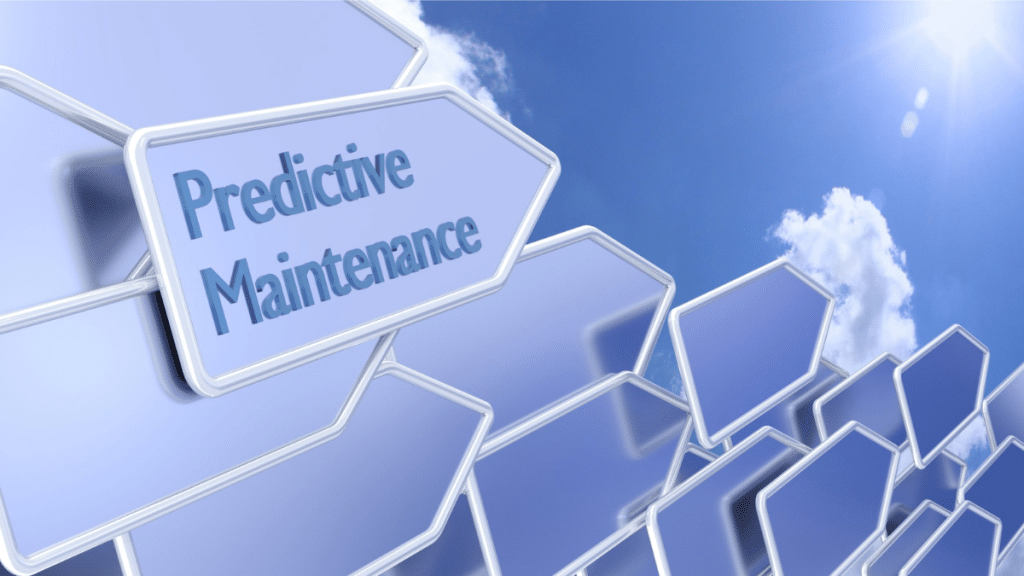Many plant managers still run pumps until they fail. This approach seems cost-effective on paper. But data shows it often costs more in the long run.
The True Cost of Waiting for Failure
When pumps break down without warning, the costs add up fast. Emergency repairs require rush shipping and overtime labor. Production stops. Revenue is lost.
Tom Jenkins, maintenance supervisor at Coastal Chemical, learned this lesson the hard way. “We lost $50,000 in one day when our transfer pump failed during peak production.”
The run-to-failure model creates unpredictable budget swings. It’s like waiting for your car to break down on the highway instead of getting regular oil changes.
How Predictive Maintenance Changes the Game
Predictive maintenance uses data to spot problems before they cause failures. Vibration analysis stands out as one of the most effective methods for pumps.
Vibration Analysis Basics
Pumps speak through vibrations. Each problem creates a unique vibration signature:
- Misalignment
- Bearing wear
- Impeller damage
- Cavitation
Handheld vibration tools cost $2,000-$5,000. More advanced systems with permanent sensors range from $10,000-$30,000. The investment pays off quickly for critical pump systems.
Bill Torres at Mountain Manufacturing installed vibration sensors on twenty critical pumps last year. “We caught five bearing failures before they caused damage to the shafts. The system paid for itself in six months.”
The Numbers Tell the Story
When comparing maintenance approaches, the numbers speak for themselves:
Maintenance Approach
Average MTBF*
Annual Downtime
Downtime Cost ($500/hr)
Annual Parts Cost
Total Annual Cost
Run-to-Failure
9 months
72 hours
$36,000
$8,500
$44,500
Preventive
14 months
24 hours
$12,000
$5,500
$17,500
Predictive (Vibration)
22 months
8 hours
$4,000
$4,000
$8,000
*MTBF = Mean Time Between Failures
These figures represent a typical 50 HP process pump in continuous service. Your results may vary based on your specific applications.
Finding the Right Balance
Not every pump needs predictive maintenance. The best approach weighs three factors:
Criticality
How much does a failure cost in downtime and lost production? High-value processes justify more investment in monitoring.
Failure Patterns
Some pumps show clear warning signs before failing. Others fail without warning. The first type benefits more from predictive methods.
Replacement Parts Availability
Pumps with hard-to-find parts need more attention. It should be noted special alloys or older models, lead times can stretch to weeks.”
Many plant managers now work with parts suppliers who track their installed base. This partnership ensures critical spares are always available when needed.
Getting Started With Predictive Maintenance
You don’t need to transform your entire maintenance program overnight. Start small with these steps:
1. Identify Critical Pumps
Look for pumps that:
- Directly impact production
- Have caused problems in the past
- Would be expensive to repair
- Have long lead times for parts
2. Collect Baseline Data
Take vibration readings when pumps are running normally. This gives you a comparison point for future readings.
3. Set Up a Regular Schedule
Check critical pumps monthly. Medium-priority pumps can be checked quarterly.
4. Track Your Results
Record when you find problems and calculate your savings. This data helps justify expanding the program.
The Hidden Benefits
Beyond direct cost savings, predictive maintenance brings other advantages:
Safety Improvements
Catastrophic pump failures can cause injuries. Predictive maintenance helps prevent these dangerous situations.
Energy Savings
Pumps with worn components use more energy. Fixing these issues cuts power costs by 5-15%.
Extended Asset Life
Pumps maintained based on condition often last years longer than those run to failure.
Real-World Success
Central Water Authority switched to vibration-based maintenance for their main pumping station. They saw these results in the first year:
- 62% reduction in emergency repairs
- 14% decrease in energy costs
- 40% decrease in replacement parts spending
The total savings came to $127,000 against a $35,000 investment in monitoring equipment.
Making the Right Choice
The best maintenance strategy combines approaches based on data, not habit. For critical pumps, vibration analysis provides clear financial benefits. For non-critical pumps, simpler methods may make more sense.
As pump systems age and replacement parts become harder to find, the value of predictive maintenance grows. Working with reliable parts suppliers ensures you have what you need when issues are detected.
The bottom line? Data-driven maintenance decisions lead to lower costs, longer pump life, and fewer surprises. That’s an outcome every plant manager can appreciate.
